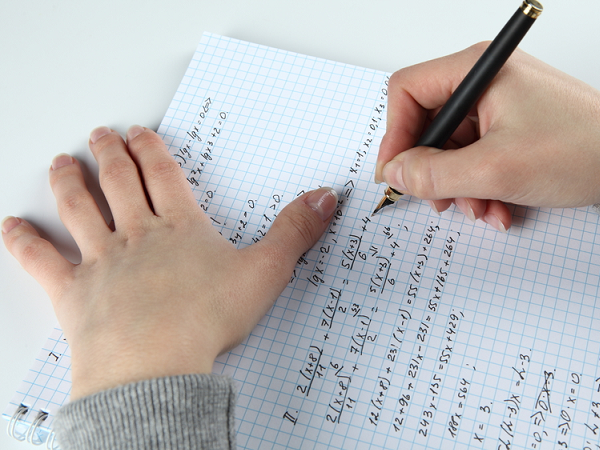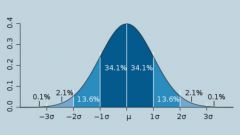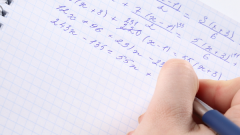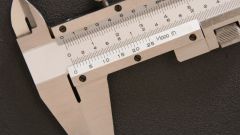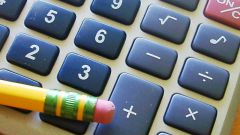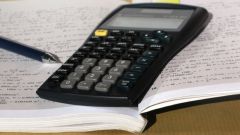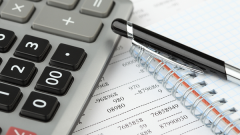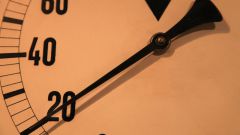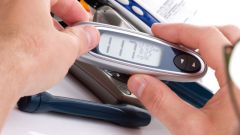Instruction
1
There are several reasons that give rise to error of measurement. This instrument inaccuracy, imperfection techniques, as well as errors caused by inattention of the operator performing the measurements. In addition, often the true value of the parameter take its actual value, which actually is merely the most probable, based on the analysis of statistical sample results a series of experiments.
2
Accuracy is a measure of the deviation of the measured parameter from its true value. According to the method of Kornfeld, determine the confidence interval, which ensures a certain degree of reliability. They find the so-called confidence limits, which varies the magnitude error is calculated as half the sum of these values:∆ = (xmax - xmin)/2.
3
This is interval estimation error, which is carried out in a small volume of the statistical sample. Point estimation is to calculate the mathematical expectation and standard deviation.
4
Mathematical expectation is an integral sum of a number of works by the two parameters of the observations. It actually measured value and its probability at these points:M = Σxi•pi.
5
The classic formula for calculating the standard deviation involves the calculation of the average values of the analyzed sequence of values of the measurand, and also takes into account the volume series of the experiments:σ = √(∑(xi – khsr)2/(n - 1)).
6
According to the method of expression also distinguish absolute, relative and reduced error. The absolute error is expressed in the same units as the measured value, and is equal to the difference between the estimated and true value is:∆x = x1 – x0.
7
The relative error measurements associated with the absolute, but is more efficient. It has no dimension, sometimes expressed in percentages. It is the ratio of absolute error to the true or calculated value of the measured parameters:σx = ∆x/x0 or σx = ∆x/x1.
8
Given the margin of error is expressed as the ratio between absolute error and some conventionally accepted value x, which is constant for all measurements and is determined by the calibration of the instrument scale. If the scale starts from zero (one-sided), this normalizing value equal to its upper limit, and if a double – width of its range:σ = ∆x/xn.
